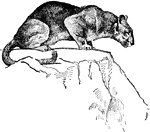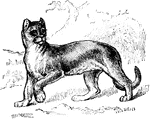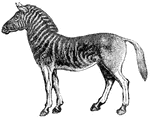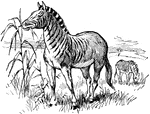The Mammals:O-Q ClipArt gallery contains 131 illustrations of mammals starting with the letters "O," "P," and "Q" including: ocelot, opossum, outang, orangutan, otter, ox, paca, panda, pangolin, panther, peccary, pig, platypus, polecat, porcupine, porpoise, prairie dog, pronghorn, puma, and quagga.
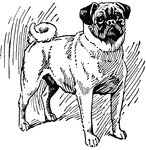
Pug Dog
The pug is a breed of small, short-haired lap dogs, probably of Oriental origin, and introduced into…

Puma
An American carnivorous mammal, ranging from Canada to Paragonia. it has a reddish-tawny color above…

Puma
The puma, also known as the cougar, panther, or mountain lion (Felis concolor) , is a large American…
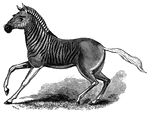
Quagga
"Its general color is brown, the head, neck, and withers striped or zebraed wth blackish-brown; the…
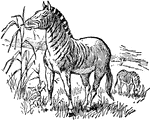
Quagga
The quagga is an extinct subspecies of the plains zebra, which was once found in great numbers in south…
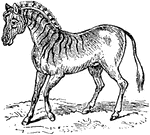
Quagga
The quagga is an extinct subspecies of the plains zebra, which was once found in great numbers in South…
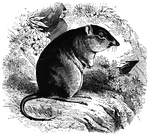
Potoroo Rat
"Is a mild, timid creature, of the size of a rabbit; the body is formed somewhat like that of a rat,…
